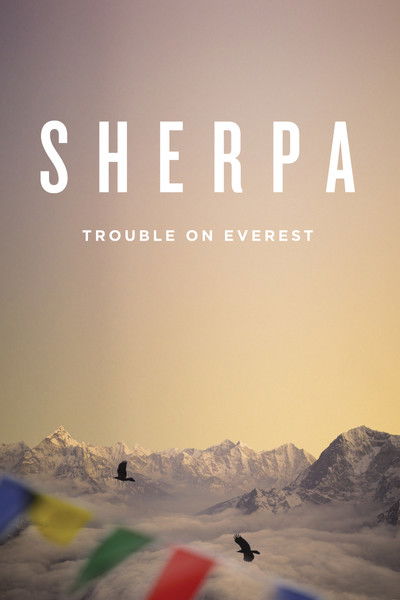Sherpa
Some Live to Climb. They Climb to Live.
Genres
Documentary
OverView
In 2013, the world's media reported on a shocking mountain-high brawl as European climbers fled a mob of angry Sherpas. Director Jennifer Peedom and her team set out to uncover the cause of this altercation, intending to film the 2014 climbing season from the Sherpa's point-of-view. Instead, they captured Everest's greatest tragedy, when a huge block of ice crashed down onto the climbing route...
Others
Budget
$--
Revenue
$--
Status
Released
Original Language
English
Runtime
96 mins
Rating
7.5/10
Release Date
02 October 2015
Country
Nepal




